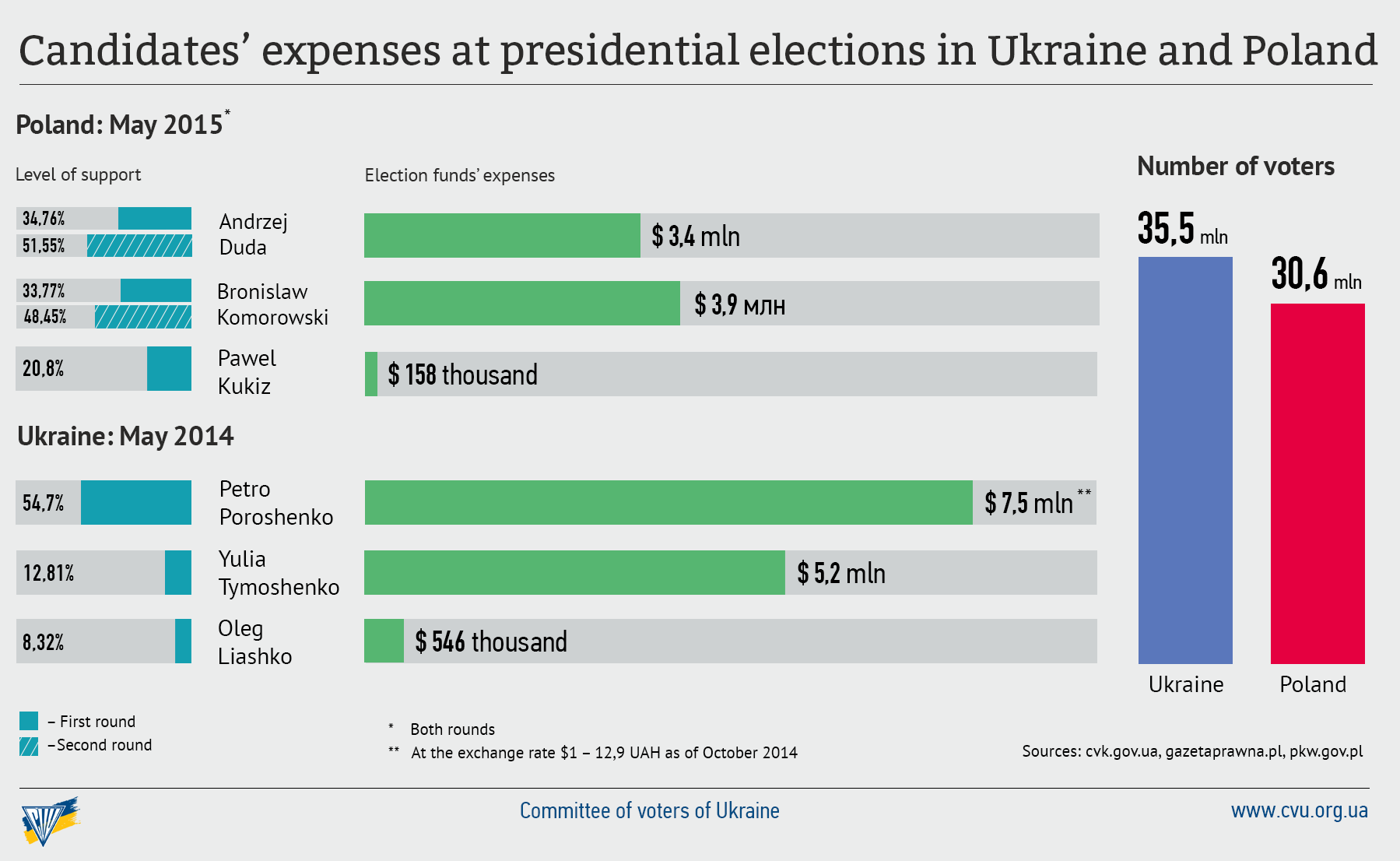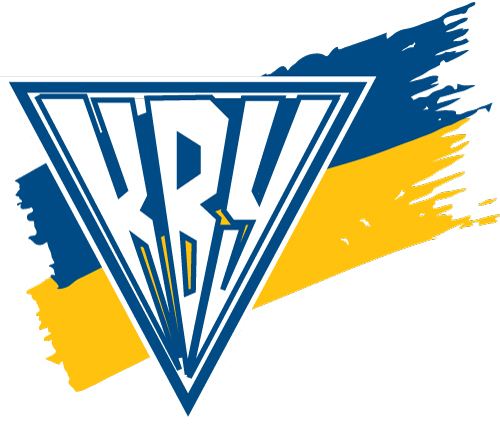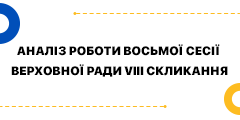Committee of voters of Ukraine compared expenses of candidates, who received largest support at 2015 presidential elections in Poland and 2014 presidential elections in Ukraine.
Petro Poroshenko, Yulia Tymoshenko and Oleg Liashko together spent almost two times more money, than Andrzej Duda, Bronislaw Komorowski and Pawel Kukiz ($13.5 mln and $7.5 mln).
In Ukraine, candidates’ expenses reached: Petro Poroshenko - $7.5 mln, Yulia Tymoshenko – $5.2 mln, Oleg Liashko – $546 thousand. In Poland, the expenses were: Andrzej Duda – $3.4, Bronislaw Komorowski - $3.9 mln and Pawel Kukiz - $158 thousand. In such a way, Andrzej Duda and Bronislaw Komorowski together spent less funds for two rounds of elections than Petro Poroshenko for a single round ($7.3 mln and $7.5 mln).
CVU experts note, that traditionally high candidates’ expenses on election campaigns in Ukraine are connected with payments for ads at TV, radio and outdoor advertising (city lights, billboards). For example, election fund of Petro Poroshenko spent 85% of funds on media advertisements; Yulia Tymoshenko - 77%; Oleg Liashko – 81%. In Poland, there is a limit on expenses on media advertisements – it may not exceed 80% of total expenditures.

Besides, in Poland there is a limit on expenses of candidates’ in president. The limit is connected with the number of voters (expenses per 1 voter may not exceed 0,6 PLN). There were 30,6 mln of voters at the time of presidential elections, so the limit was $4.85 mln. By comparison, in Ukraine there are no limits for the size of a candidate’s election fund. There is a limit on maximum contribution to the fund only.
CVU finds it useful to limit maximum amount of candidates’ funds during amendment of the law “On elections of the President of Ukraine”. For calculation of the maximum amount, Polish experience may be used. At present, there are 35.5 mln of voters in Ukraine. Limitation of the maximum size of election funds will motivate candidates in President to work more actively with voters instead of simple dissemination of their messages through mass media.

